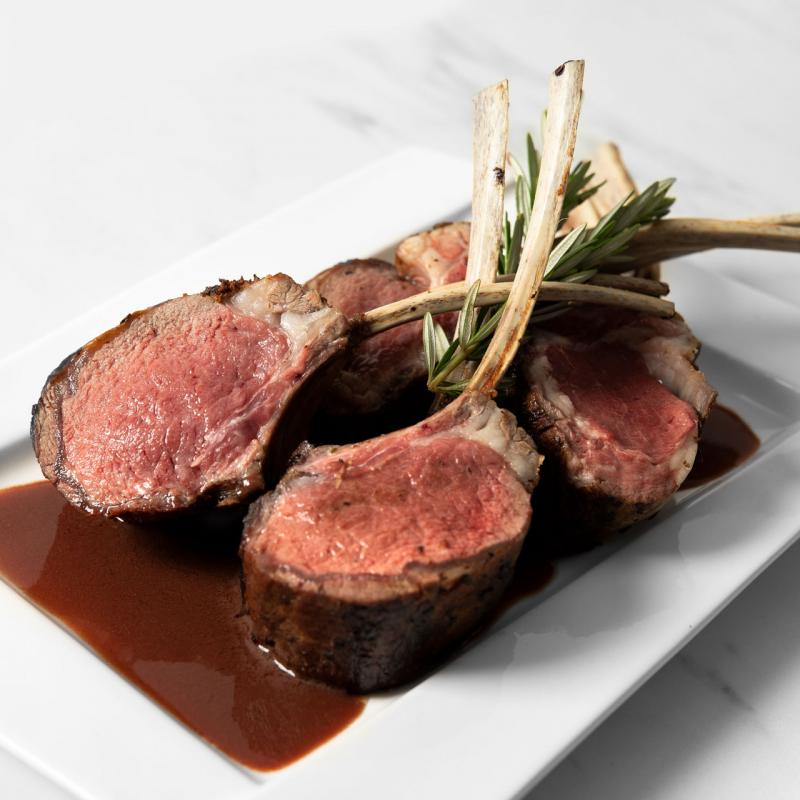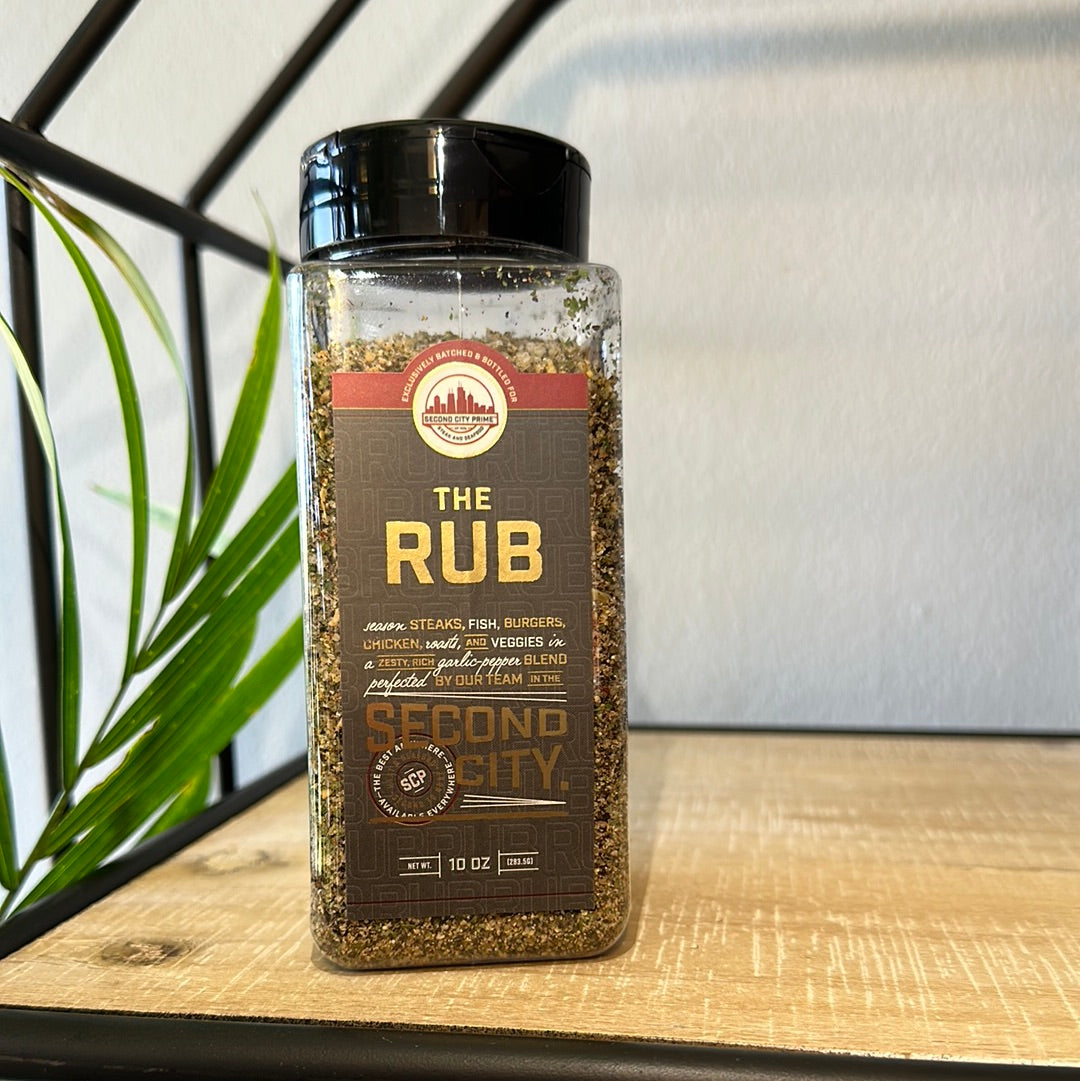Prime Steaks: The Gold Standard of American Beef
USDA Prime represents the pinnacle of traditional American beef grading, with only about 3-5% of all U.S. beef achieving this coveted designation. This premium classification signals exceptional marbling, tenderness, and flavor potential that elevates the dining experience from satisfying to extraordinary. This guide explores what makes Prime steaks special, how to select them, and how to prepare them to showcase their superior qualities.
Understanding Prime Grading
The USDA Classification System
The USDA beef grading system evaluates two primary factors:
- Quality grades: Based on marbling, maturity, color, and texture
- Yield grades: Based on cutability and lean meat percentage
The quality grades in descending order are:
- Prime: Exceptional marbling, typically from young cattle
- Choice: Good marbling, but less abundant than Prime
- Select: Minimal marbling, leaner appearance
- Standard, Commercial, Utility, Cutter, Canner: Rarely seen in retail
What Makes Prime Special
- Abundant marbling: Extensive intramuscular fat distribution throughout the meat
- Youth factor: Typically harvested from young cattle (under 42 months)
- Meat texture: Fine grain texture with firm but not rigid consistency
- Fat quality: Creamy white fat with appropriate distribution
Prime vs. Other Grades: The Tangible Differences
Prime vs. Choice
- Marbling difference: Prime has approximately 25-40% more intramuscular fat
- Cooking forgiveness: Prime offers greater temperature flexibility while maintaining juiciness
- Flavor intensity: More pronounced buttery notes and complex flavor development
- Visual distinction: More abundant and finer fat distribution visible throughout
Prime vs. Select
- Moisture retention: Dramatically better juice retention during cooking
- Texture contrast: Significantly more tender with less fibrous resistance
- Flavor development: Much more intense beef flavor with richer mouthfeel
- Cooking limitations: Select requires more precise cooking to prevent dryness
The Prime Steak Experience
Flavor Characteristics
- Baseline beefiness: Intense, clean beef flavor foundation
- Buttery notes: Rich, dairy-like qualities from abundant marbling
- Complexity development: Layered flavor that evolves throughout chewing
- Umami foundation: Natural flavor enhancers activated during cooking
Texture Elements
- Initial tenderness: Minimal resistance when cutting
- Mouthfeel progression: Melting sensation as fats render during chewing
- Juiciness level: Abundant moisture release with each bite
- Structural integrity: Maintains texture without becoming mushy
Selecting the Perfect Prime Steak
Top Prime Cuts
- Ribeye: The quintessential Prime cut with perfect marbling distribution
- Strip loin (NY Strip): Excellent balance of texture and marbling
- Filet mignon: Elevated from tender to sublime with Prime's added marbling
- T-bone/Porterhouse: Offers two Prime experiences in one cut
Visual Selection Cues
- Marbling patterns: Abundant, evenly distributed white flecks throughout
- Color indicators: Cherry-red color (not dark red or brownish)
- Fat quality: Creamy white fat (not yellow)
- Cut thickness: Ideally 1.5-2 inches thick for optimal cooking control
Sourcing Considerations
- Specialty butchers: Develop relationship with knowledgeable meat specialists
- High-end grocers: Select stores with proper aging and handling protocols
- Online specialists: Reputable online purveyors offer convenient access to Prime
- Restaurant supply: Some restaurant suppliers sell to the public
The Aging Difference
Dry Aging and Prime
- Enhanced tenderness: Enzymatic breakdown improves already tender meat
- Flavor concentration: Moisture loss intensifies Prime's natural richness
- Flavor development: Creates nutty, complex notes beyond standard Prime
- Optimal timing: 21-28 days generally provides ideal enhancement
Wet Aging Benefits
- Moisture retention: Preserves natural juices while improving tenderness
- Practical timing: 14-21 days develops flavor without specialized equipment
- Milder enhancement: Subtler flavor development without funky notes
- Cost efficiency: No trim loss compared to dry aging
Cooking Prime to Perfection
Temperature Fundamentals
- Rare: 120-125°F (49-52°C) - Showcases texture with minimal fat rendering
- Medium-rare: 130-135°F (54-57°C) - The "sweet spot" for Prime steaks
- Medium: 140-145°F (60-63°C) - Maximum recommended temperature
- Well-done: Not recommended for Prime's premium qualities
Cooking Method Suitability
- Cast iron searing: Exceptional crust development with temperature control
- Grill (two-zone setup): Combines charcoal flavor with cooking precision
- Reverse sear: Low temperature start followed by high heat finish
- Sous vide + sear: Ultimate precision for perfect edge-to-edge doneness
The Resting Imperative
- Duration guideline: Rest for approximately 5-7 minutes
- Temperature consideration: Expect 5°F carryover cooking during rest
- Method: Rest uncovered or loosely tented to prevent steam softening crust
- Benefit: Allows juices to redistribute for maximum moisture retention
Seasoning Approaches for Prime
Minimalist Philosophy
- Timing: Season with kosher salt 45 minutes before or immediately before cooking
- Application: Generous salt layer, freshly ground black pepper if desired
- Restraint importance: Avoid complex rubs that mask Prime's natural quality
- Finishing touches: Flaky sea salt after cooking and resting
Complementary Elements
- Compound butters: Black truffle, bone marrow, or herb-infused
- After-cooking aromatics: Fresh herbs, roasted garlic, or browned butter
- Subtle smoke elements: Mild wood smoke or smoked salt finishing
- Umami enhancers: Aged soy sauce glaze or mushroom butter
Prime Steak and Wine Pairing
Classic Red Pairings
- Cabernet Sauvignon: Structured tannins complement Prime's richness
- Malbec: Fruit-forward profile with sufficient body
- Syrah/Shiraz: Peppery notes enhance beef's natural flavors
- Bordeaux blends: Complex flavor profiles match Prime's nuance
Alternative Pairing Approaches
- Full-bodied whites: Oaked Chardonnay provides surprising complement
- Whiskey consideration: Bourbon or rye with vanilla and caramel notes
- Beer options: Belgian Dubbels or Trippels, Imperial Stouts, Barleywines
- Non-alcoholic: Cold-brew coffee, black tea, or mushroom-based elixirs
Serving and Presentation
Temperature Considerations
- Optimal serving temperature: Warm but not hot (around 120-130°F)
- Pre-heated plates: Warm plates prevent premature cooling
- Resting temperature: Account for 7-10°F temperature drop during rest
- Timing coordination: Synchronize sides to finish as steak completes resting
Presentation Elements
- Slicing strategy: Cut against the grain in thick slices (when serving shared steaks)
- Plating approaches: Minimal clutter allows focus on the steak itself
- Service style: Pre-sliced for appreciation or whole for traditional experience
- Accompaniment restraint: Simple sides that complement without competing
Value Considerations
Understanding Prime Pricing
- Scarcity reality: Only 3-5% of U.S. beef qualifies as Prime
- Production costs: More intensive feeding requirements
- Selection overhead: Additional grading and sorting processes
- Market dynamics: Strong competition from export markets and high-end restaurants
Maximizing Prime Value
- Focus on fat-forward cuts: Ribeye and strip showcase Prime's advantages more than leaner cuts
- Thickness investment: Purchase fewer, thicker steaks rather than more, thinner ones
- Proper cooking: Excellent preparation techniques maximize return on premium investment
- Occasion alignment: Reserve Prime for occasions where its qualities will be fully appreciated
Conclusion: The Prime Experience
USDA Prime beef represents a standard of excellence that delivers a noticeably superior dining experience. Its exceptional marbling, tenderness, and flavor development create steak memories that linger long after the meal concludes. While Prime commands a premium price, the tangible difference in eating quality makes it a worthwhile investment for special occasions or whenever an extraordinary beef experience is desired.
Understanding Prime's unique qualities allows you to select, prepare, and serve these premium steaks in ways that maximize their inherent excellence. Whether you're a dedicated steak enthusiast or simply seeking an exceptional dining experience, Prime offers a level of quality that transforms a meal into an occasion.
Ready to experience the Prime difference? Browse our selection of USDA Prime beef, hand-selected for exceptional quality and delivered directly to your door.
Tags: USDA Prime beef, premium steaks, Prime vs Choice, best steak grades, luxury beef, Prime beef cooking, steakhouse quality






Leave a comment